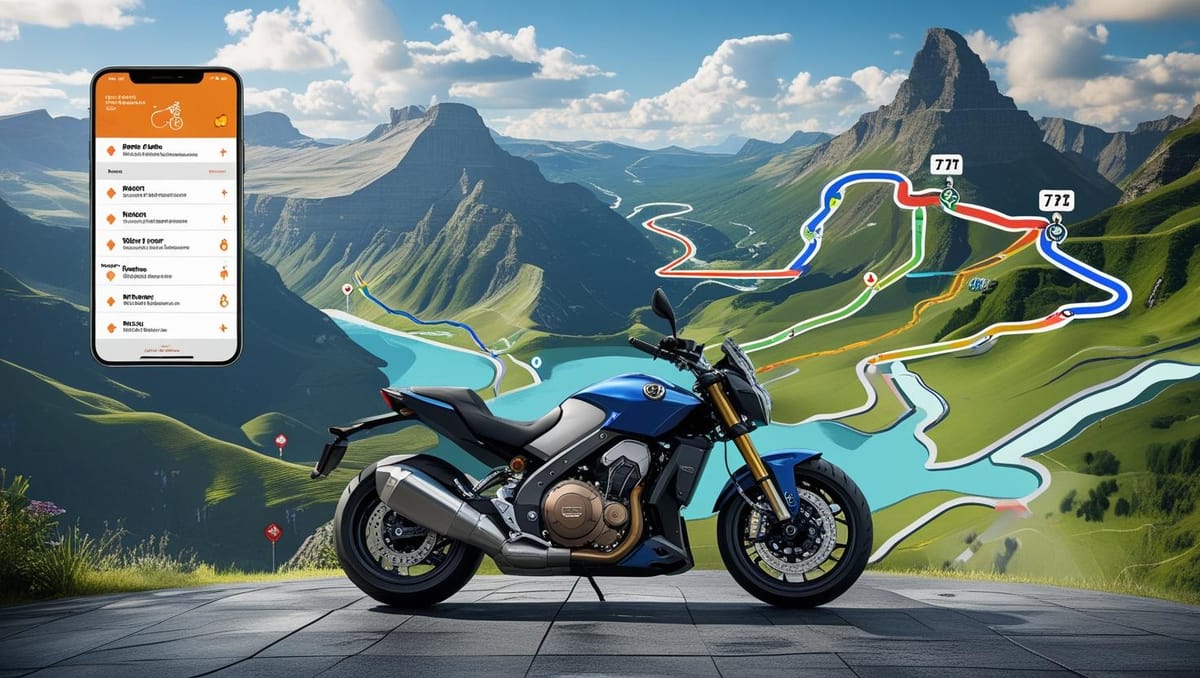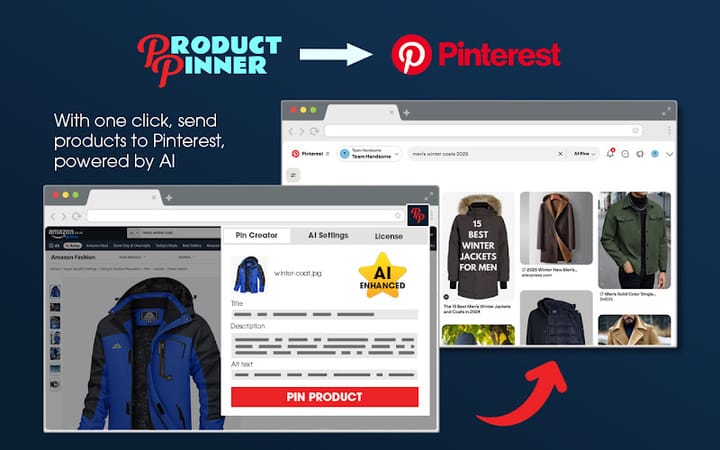Building Twisty: Testing a Vibe-Driven Coding Approach with Firebase Studio
What happens when you let AI tools and visual builders take the lead on your app idea? In this post, I document how I used Firebase Studio, Gemini, and GitHub to rapidly prototype Twisty, a local motorcycle ride planning app, with minimal code and maximum momentum.

In 2025, I set out to test whether it was possible to bring an app idea to life using a vibe-driven development approach, relying on visual tools, AI prompts, and minimal code to prototype quickly. The idea? Twisty, a mobile-first app that helps motorcyclists discover curated local routes and ride together.
This blog post documents my technical journey, not just building an app, but seeing how far AI-powered tools like Firebase Studio and Gemini could take me from idea to working MVP.
From Concept to Code: What I Wanted to Build
I had a rough vision: a tool for riders that could:
- Show great twisty, scenic motorcycle routes nearby
- Let people RSVP to upcoming rides with one tap
- Filter by engine size, road type, and riding style
I wasn’t setting out to build another social network or global ride tracker. I wanted something local, personal, and focused purely on good rides.
The Experiment: Letting AI Lead (Sometimes)
I wanted to see how much of this app I could build by prompting AI, not by writing code from scratch.
My tools:
- Firebase Studio (Gemini-based app builder with integrated backend)
- Next.js + Tailwind CSS for a clean, mobile-first UI
- Google Static Maps API for fast, lightweight route previews
- GitHub for version control and branching
- Firestore for flexible data storage
I started by prompting:
"Create a mobile-first app where riders can browse and RSVP to motorcycle routes based on engine size, pace, and twistiness."
Firebase Studio generated:
- A route model with distance, duration, pace, and twistiness
- RSVP functionality
- User profile support
- Sort, filter, and display logic
It was a strong foundation, and I didn’t touch a line of code until it was necessary.
Where I Had to Get Involved
Not everything worked out of the box. Here’s where human intervention made the difference:
- Git sync issues —
devandmainhad unrelated histories → fixed with--allow-unrelated-histories - Branch switching in Firebase Studio → required dummy commits to force sync
- Google Maps not rendering → API key structure, image URL escaping, and
.envconfig - Auth persistence bugs post-login → needed Firebase Auth tweaks
- Error messages → custom prompts to improve clarity
Each of these was solved by working with the tools, not against them.
Building It Right: Security, Admin, and Auth
I was careful to:
- Keep sign-up minimal (just name and email)
- Use Firestore rules to secure user and route data
- Create an admin area for managing routes and users
- Add features like password reset, profile editing, and account deletion
The app feels lightweight but secure, ideal for a quick MVP.
Mapping the Vibe
Twisty’s heart is its ride cards, each with:
- A static Google Map preview
- Route length, time, and twistiness
- Suitable engine sizes
- Nearby towns
AI helped here too:
"Each route card needs to show the Google map, change the placeholder image to a static map preview."
One prompt, and I was off to the races, after fixing my .env and escaping the URL properly.
Safe Development: Dev First, Then Deploy
My branching strategy was simple:
dev: all active work happens here in Firebase Studiomain: production-ready, only updated via PR
Firebase Hosting only deploys from main. This reduced risk and gave me confidence to experiment without fear.
What Gemini & Firebase Studio Did Well
- Scaffolded working UI and backend logic from clear prompts
- Designed responsive layout and visual structure
- Built filtering and RSVP logic without needing code
- Created Firestore data models that matched my thinking
What I Brought to the Table
- Design thinking and UX experience
- Real-world motorcycle logic (engine size vs. road type)
- Git workflow best practices
- Debugging and refining what AI started
What Twisty Can Do Now
- Filter and browse local routes
- RSVP to scheduled rides
- View Google Static Maps for each ride
- Manage profiles and accounts
- Admin tools for creating and editing rides
- Secure hosting and version control via GitHub
What’s Next
- Segment-level tagging of roads by twistiness, pace, etc.
- AI-generated ride suggestions based on time and profile
- Calendar features for upcoming rides
- Rider feedback and meetup RSVPs
- Scaling to nearby towns
Final Takeaway: AI Builds Vibes, You Build Vision
Twisty is more than an app, it’s proof that you can go from concept to working MVP with mostly natural language prompts, a bit of Git discipline, and a clear use case.
Firebase Studio, Gemini, and GitHub have made it easier than ever to test a concept without over-engineering or overthinking. And while AI can generate a lot, it still needs a clear human vision to shape it.
So if you’ve got an app idea, try building it with vibe-first tools, and see where it takes you.




Comments ()